UPDATE | July 01, 2022
It's finally summer. What do you imagine when you hear "summer in Japan"? This time, I would like to introduce summer events and food that are unique to Japan. Some may be unique to Japan, others may be the same as your country. Please read while comparing.
INDEX
"Famous poems" are originally "poems that sing the scenery and seasons", and from there they come to mean "things that come to mind in that season, and things that feel like this season when something starts." rice field.
When we hear about spring in Japan, what we Japanese imagine is "sakura".
In the fall, you can enjoy the colorful scenery of "autumn leaves," and in the winter, you can think of "hot springs," "kotatsu," and "pots."
Then, speaking of summer ...?

In countries around the world, it may be a common image to launch fireworks when the New Year arrives, but for Japanese people, fireworks have a strong image of summer.
Various festivals are held throughout the year, but among them, the fireworks display is a standard summer event that adults and children can enjoy.
Fireworks festivals are held in various parts of Japan from July to August, and more than 10,000 fireworks are launched in the night sky in many places.
The history of fireworks dates back to the Edo period, and it was originally a festival that began with the wishes of the memorial service for the dead and the extinction of the plague. Since summer in Japan is very hot and humid, it is said that it has come to be held in summer as a culture of cool evenings where you can watch fireworks while hitting the night breeze.
[PR]
Many people wear yukata and walk during summer festivals such as fireworks displays. Originally, it was an indoor wear worn after taking a bath, but the use of yukata changed from the Edo period to the Meiji period. It is thinner and easier to wear than kimono, so it has become established as a summer outing.
White and dark blue that look cool are standard, but colorful ones such as red, yellow, and pink are also popular. When you wear a yukata and walk with geta, you will hear a "Karan Karan" sound and you will feel a summery atmosphere.
The shaved ice on the stalls is indispensable for the summer festival. Sprinkle colorful syrup on finely ground fluffy ice and eat. If I eat too much, my head hurts, but that is one of my memories.
In the old days, I used to make and eat shaved ice at home. Strawberry flavor and melon flavor are standard syrups, and it is also recommended to sprinkle condensed milk on them. Nowadays, the number of fashionable shaved ice specialty stores is increasing, and you can eat various variations of shaved ice such as those using Uji matcha and mango.
Speaking of summer, after all the sea. From mid-July to the end of August, the beach is crowded with people who enjoy swimming in the sea. I often see "watermelon split" there. I think there are many people who have seen it in Japanese anime and dramas.
This is a game in which a blindfolded person moves according to the instructions of another person and breaks a watermelon with a stick. I have tried it several times, but it was harder than I expected and I couldn't break it. If the participants take turns taking on the challenge and breaking the watermelon, we will share it and eat it.

I think that many people feel the beginning of summer when they hear the cry of cicadas from nowhere. The cicadas have been under the soil for years and finally came out to the ground, so they squeal every day.
It's up to you whether you think this is noisy or windy, but you can hear the cicadas crying everywhere from the end of the rainy season to August. This is also one of the summer traditions of Japan, but those who hear the big chorus of cicadas for the first time in Japan may be surprised. The sight of children engrossed in cicadas in the park is the same as it used to be.
Originally it seemed to have a meaning of amulet, but nowadays it is generally displayed near the entrance or window as one of the items to enjoy the cool summer. The body of the wind chime is made of glass, with a strip of paper underneath. Watching the wind chimes blowing in the wind with the sound of "clinking" makes me feel calm.
In addition to the basic transparency, there are many cool colors such as blue and white, and some have pictures such as goldfish and fireworks. It produced coolness in the days when there was no air conditioner, and it seems that it has spread as a tool to spend the hot summer as comfortably as possible.
Even now that air conditioners have become widespread, electric fans are still indispensable in the summer of Japan. It is said that the first electric fan was made in Japan during the Edo period. At that time, it seemed to be a type that moves manually, but it seems that you will sweat to move the fan.
Until air conditioners became widespread in ordinary households, fans alone survived the hot summer. The advantages of electric fans are that they are cheaper than air conditioners and that they are lightweight and portable. Currently, there are various types depending on the application, such as those that can be placed on a desk and those that are handheld.
There are many mosquitoes in Asian countries including Japan. I think there are many people who feel summer when it gets hot little by little and mosquitoes start to fly. "Mosquito coil" is useful in such a case.
An incense stick that is kneaded with ingredients that are effective against mosquitoes, and its most distinctive feature is its swirl-like shape. It is often bitten by mosquitoes while sleeping, so it seems that this shape was obtained as a result of trial and error as to whether there was a safe way to use it for a long time. If you ignite the outer tip of the vortex, it will burn little by little and can be used for about 8 hours.
After all, "barley tea" is the summer drink in Japan. Currently, many types of tea are sold in PET bottles at convenience stores, but barley tea is the standard cold tea in the refrigerator at home.
In fact, barley tea not only has the effect of hydration, but also has the effect of cleaning blood and preventing tooth decay. After a long time, I often drink cold barley tea to recover from fatigue after sweating hot, such as after hydration after returning from the office or after club activities during the summer vacation.
This is also a popular summer drink in Japan for a long time. A carbonated drink from England, originally derived from the English word "lemonade".
The feature is that it is contained in a bottle called "ball stuffing bottle" that uses marbles instead of the lid, and when you press the marbles attached to the mouth of the bottle with your finger from above, bubbles will come out vigorously. Every time I drink it, it's fun to hear the sound of a marble hitting the bottle. In Osaka, where I was born and raised, takoyaki and ramune were the standard sets.
The standard Japanese summer dish is somen noodles. The feature is that the noodles are thinner than udon and soba. After boiling the noodles quickly, soak them in cold ice water to cool them, and then soak them in the noodle soup to eat. Eggs are generally baked thinly and chopped, and toppings such as ham, cucumber, ginger, and green onions are common.
Cold noodles are perfect for summer when you have less appetite. They are also sold at 100-yen shops and supermarkets, so if you buy them all at once, you can easily make them at home.
"Nagashi Somen" is also popular, where you make a slope using cut bamboo, pour the noodles with water from above, and catch it to eat.
How was it? Did you enjoy the Japanese summer tradition? Summer in Japan is hot and humid, but there are many things you can enjoy because it is summer. Please experience the summer in Japan.

A freelance Japanese teacher and local guide from Osaka. I fell in love with Kyoto in 2020 and moved to 2021. Currently, while teaching Japanese mainly in private lessons, he plans and manages writing, Chinese-Japanese translation proofreading, and online experiences.
[PR]
[PR]